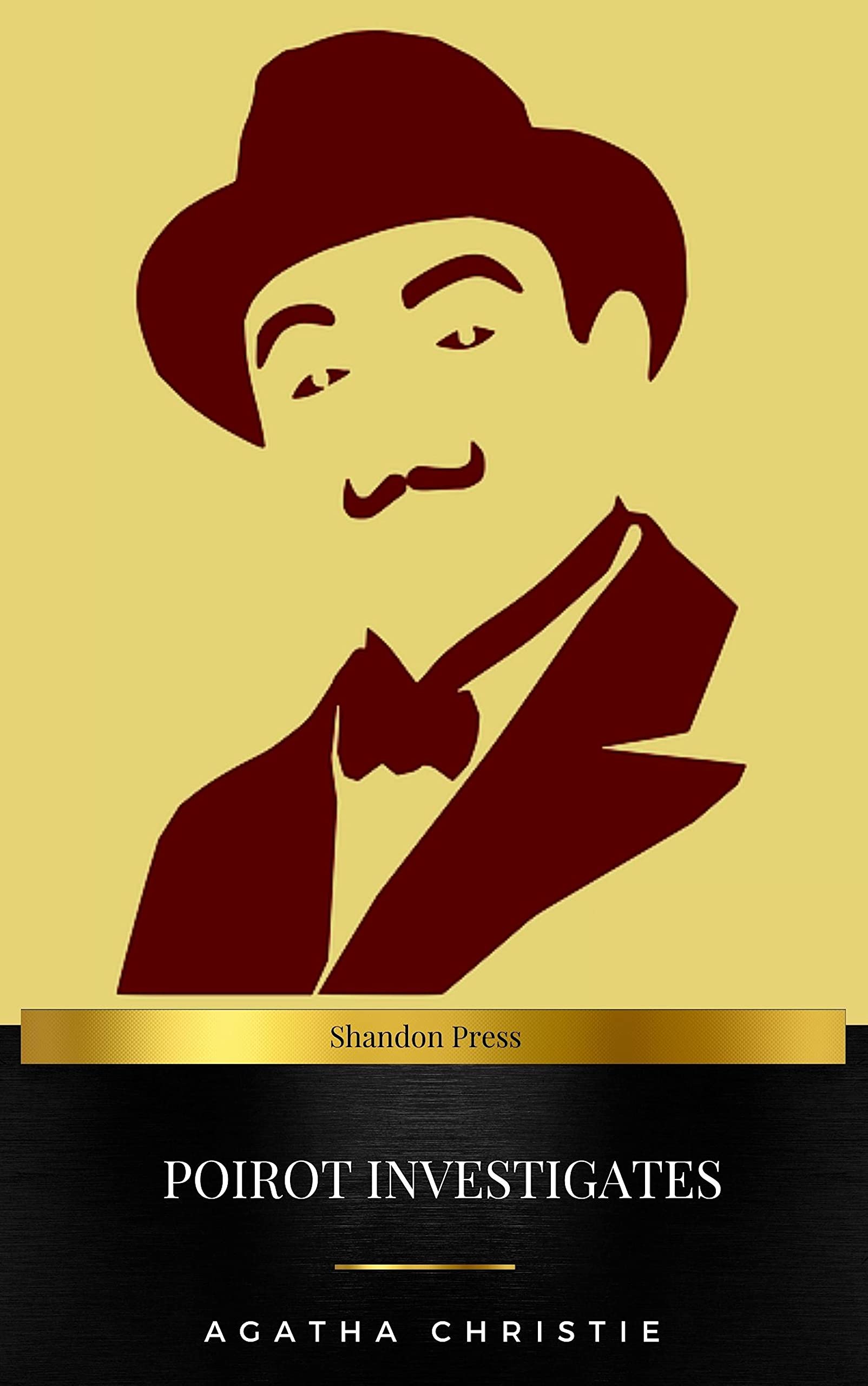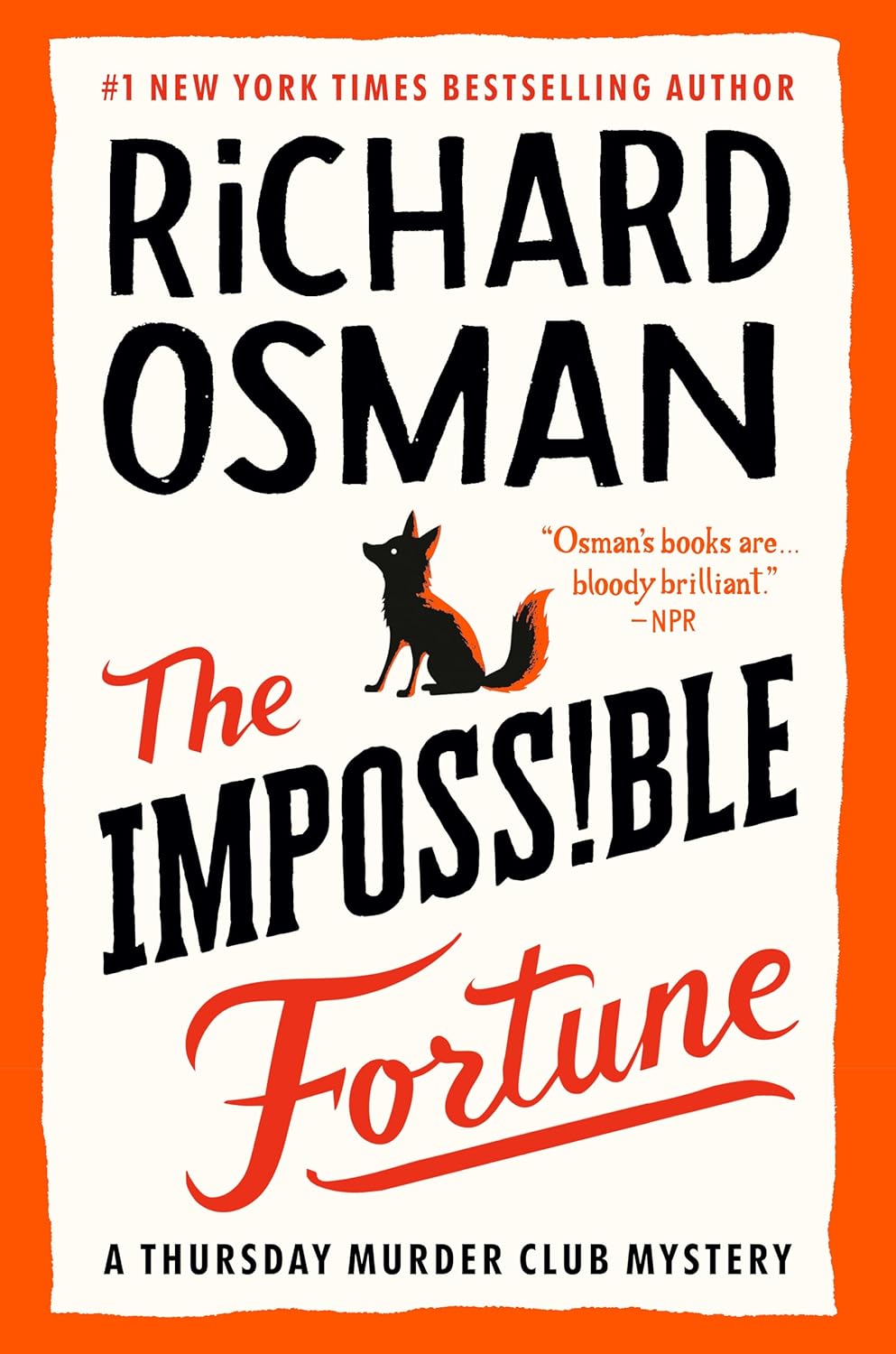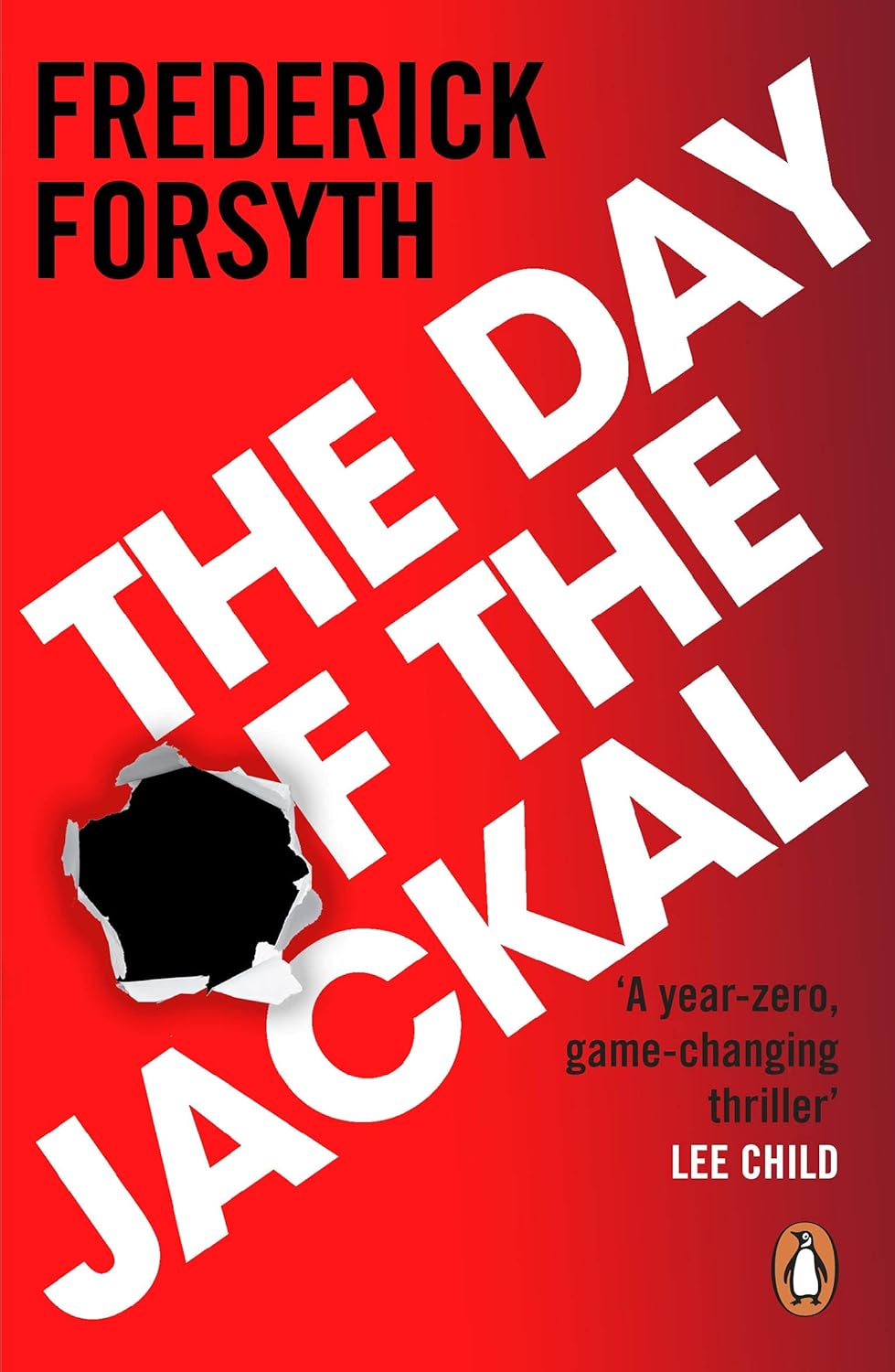Poirot Investigates
Title: Poirot Investigates

Author: Agatha Christie
Published in: 1924
Date read: 2nd October 2025
Score: 4/5
Genre: Detective, Crime, Mystery, Classic
Plot: (Warning, may contain spoilers):
"Poirot Investigates," published in 1924, is the first collection of short stories featuring Agatha Christie's famous Belgian detective, Hercule Poirot. Unlike her longer novels, this volume presents twelve distinct, self-contained cases, showcasing Poirot's brilliant deduction, meticulous attention to detail, and use of his "little grey cells" to solve seemingly impossible crimes.
The stories are once again narrated by Poirot's loyal companion, Captain Arthur Hastings, providing a traditional British perspective on the detective’s foreign quirks and genius. The collection served to popularise Poirot with the reading public and cement his reputation as a master sleuth.
The cases themselves are diverse and often focus on clever thefts, high-profile disappearances, and perplexing puzzles rather than simple murder. This format allows Christie to showcase Poirot's ability to solve mysteries based on psychology, logic, and observation of minute details.
Key stories in the collection include:
"The Adventure of the Western Star": Poirot investigates the disappearance of a priceless diamond, rumoured to be cursed, leading him into the world of film stars and aristocracy.
"The Tragedy at Marsdon Manor": A man dies suddenly, initially believed to be a natural death, but Poirot's suspicions are aroused by the victim's strange financial affairs.
"The Adventure of the Cheap Flat": Poirot investigates a peculiar situation involving a dangerously low rent on a luxury flat and suspects it might be connected to an international spy ring.
"The Million Dollar Bond Robbery": A large sum of bonds vanishes from a locked container on a moving train, presenting a classic locked-room conundrum.
"The Mystery of the Hunter’s Lodge": Poirot tackles the murder of a wealthy man, with a suspicious widow and an apparent intruder pointing to a convenient, but false, conclusion.
Through these cases, Poirot tackles a varied cast of characters, from wealthy financiers and titled aristocracy to actresses and spies. He often solves the crimes by focusing on the victim's past, the psychology of the perpetrator, and eliminating the impossible until only the truth, however improbable, remains.
The collection as a whole is an excellent showcase of Poirot's methodology and Christie's ability to construct short, sharp, and highly satisfying puzzles, cementing the conventions of the detective genre.
Comments:
Very entertaining and a welcome break from my previous books. These did feel like trailers for a bigger story to come and I am looking forward to reading the next Agatha Christie book. Despite these being very good, not even this author could really develop a story to her usual depth in so few pages. Nevertheless, I still recommend it, particularly for those with a short attention span.
Books that we've read by Agatha Christie (9):
The Mysterious Affair at Styles (Hercule Poirot, #1) (1920), The Secret Adversary (Tommy and Tuppence Mysteries, #1) (1922), The Murder on the Links (Hercule Poirot #2) (1923), The Man in the Brown Suit (Colonel Race, #1) (1924), Poirot Investigates (1924), The Murder of Roger Ackroyd (Hercule Poirot, #4) (1926), The Murder at the Vicarage (Miss Marple #1) (1930), The Thirteen Problems (Miss Marple, #1) (1932), And Then There Were None (1939)
This page was updated on: 26th September 2025


